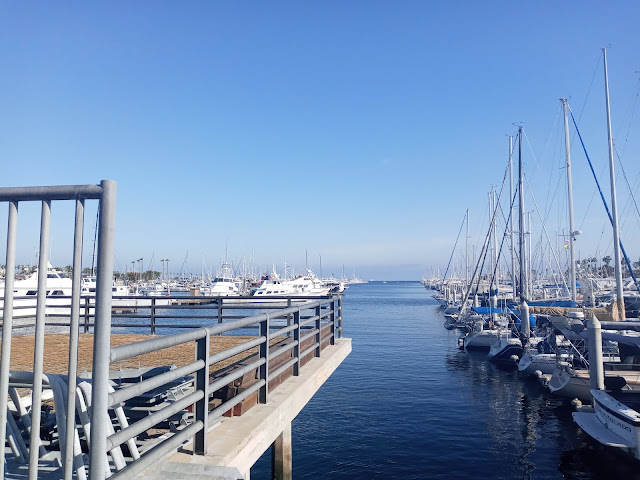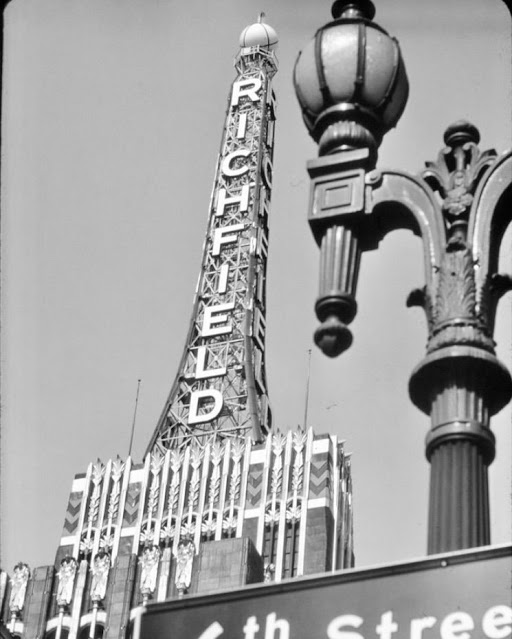Dad was a fan of Red Barber, born in Columbus, Mississippi, and studied at Florida State. Dad was a wordsmith, constantly toying with word combinations and tried and true phrases from another era.
Here are some of Barber's signature phrases,
Barber became famous for his signature catchphrases, including these:
- "They're tearin' up the pea patch" – used for a team on a winning streak.
- "The bases are F.O.B. (full of Brooklyns)" – indicating the Dodgers had loaded the bases.
- "Can of corn" – describing a softly hit, easily caught fly ball.
- "Rhubarb" – any kind of heated on-field dispute or altercation.
- "Sittin' in the catbird seat" – used when a player or team was performing exceptionally well.
- "Walkin' in the tall cotton" – also used to describe success.
- "Slicker than boiled okra" – describing a ball that a fielder was unable to get a grip on.
- "Easy as a bank of fog" – describing the graceful movement of a fielder.
- "Tighter than a new pair of shoes on a rainy day" – describing a closely contested game.
- "Tied up in a croker sack" – describing a one-sided game where the outcome was all but decided.
To further his image as a Southern gentleman, Barber would often identify players as "Mister", "big fella", or "old" (regardless of the player's age):
- "Now, Mister Reiser steps to the plate, batting at .344."
- "Big fella Hatten pitches, it's in there for strike one."
- "Old number 13, Ralph Branca, coming in to pitch."
A number of play-by-play announcers including Chris Berman have adopted his use of "back, back, back" to describe a long fly ball with potential to be a home run. Those other announcers are describing the flight of the ball[citation needed] but Barber was describing the outfielder in this famous call from Game 6 of the 1947 World Series. Joe DiMaggio was the batter:
- "Here's the pitch, swung on, belted ... it's a long one ... back goes Gionfriddo, back, back, back, back, back, back ... heeee makes a one-handed catch against the bullpen! Oh, Doctor!"
The phrase "Oh, Doctor" was also picked up by some later sportscasters, most notably Jerry Coleman, who was a New York Yankee infielder during the 1940s and 1950s and later worked alongside Barber in the Yankees' radio and TV booths.
In Game 4 of that same 1947 Series, Barber memorably described Cookie Lavagetto's ninth-inning hit to break up Bill Bevens' no-hitter and win the game at once:
- "Wait a minute ... Stanky is being called back from the plate and Lavagetto goes up to hit ... Gionfriddo walks off second ... Miksis off first ... They're both ready to go on anything ... Two men out, last of the ninth ... the pitch ... swung on, there's a drive hit out toward the right field corner. Henrich is going back. He can't get it! It's off the wall for a base hit! Here comes the tying run, and here comes the winning run! ... Friends, they're killin' Lavagetto... his own teammates... they're beatin' him to pieces and it's taking a police escort to get Lavagetto away from the Dodgers! ... Well, I'll be a suck-egg mule!"
Here is a May 20, 1950 ballgame with the Dodgers against the Pirates at Ebbett's Field.







































